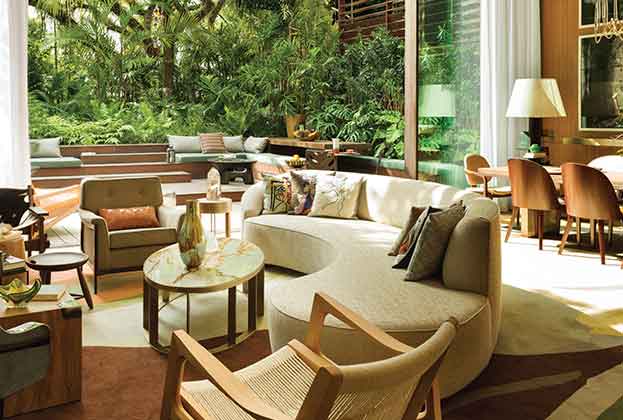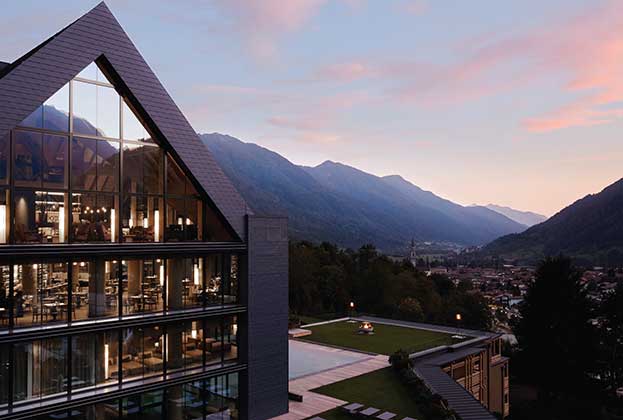The well-established luxury segment remains the backbone of the sector, but other chain scales are on the rise
The branded residential sector has historically been, and largely remains, dominated by luxury brands. Luxury hotelier brands (as classified by STR chain scales) account for 77% of complete schemes.
There is significant opportunity in the non-luxury segment, namely upper-upscale, upscale and midscale brands. Non-luxury brands account for 31% of the pipeline, against the 23% of such schemes open and operating today. Westin and Hilton are currently the biggest brands in the upper-upscale segment, with 13 and 10 complete schemes, respectively.
.jpg)
The Towers of the Waldorf Astoria New York, Developed by Dajia US
The growth of this segment is most apparent among the players with the largest portfolio of brands. In the case of Marriott and Accor, non-luxury schemes account for 33% of their pipelines combined, compared to 22% of their operating schemes. The deployment of a wider range of chain scale brands is a pathway to continued growth for these established players.
Accor’s Swissôtel is expanding the most in the upper-upscale segment, with eight schemes in the pipeline across the Balkans and the Middle East, up from just one scheme currently open and operating. Accor’s MGallery entered the market in 2019 with MGallery Residences Montazure, Phuket.
Marriott’s eponymous brand Autograph Collection is expected to grow by 250% each, adding five schemes to their two already complete.
Emaar’s Vida is also adding eight schemes across the Middle East, joining Swissôtel for the most pipeline schemes by volume, against three schemes currently open and operating. Once these schemes complete, Vida will be the third largest non-luxury brand by schemes, behind Westin and Hilton, which are predicted to stay in first and second respectively.
Non-luxury by geography
In terms of the distribution of the non-luxury segment, North America leads, accounting for 43% of completed schemes, the same share it holds of luxury schemes. But, this is expected to change.
Asia Pacific is expected to become the largest region for the non-luxury segment (a different story to its future profile in the luxury segment). Upper-upscale and other non-luxury brands present particular opportunity in emerging markets, with lower entry costs and hence less risk than luxury brands, allowing branded residences to reach new demand bases.
Chain scale composition also varies by country. Thailand and Vietnam have a particularly diverse chain scale base. Here, such brands account for almost half (48%) of complete and pipeline schemes.
Both Thailand and Vietnam are emerging destinations with deep tourist markets, accommodation offerings here also cross the spectrum of price points, hence these markets can reach a range of international demand, and this is reflected in their chain scale variation. Domestic wealth creation is also growing, further widening demand for branded residences.
‘Lifestyle’ hotelier brands
Different brand chain scales are not the only way to reach new markets. Hotelier lifestyle brands (the majority of which are luxury) can tap into different demand bases with their own design-led, experiential brands.
Marriott’s residential portfolio, for example, includes the stylish W brand which offers bold contemporary design and vibrant social spaces suitable for hosting music, fashion and other events. Similarly, EDITION offers a boutique hotel experience, with notable food and beverage offerings and custom-designed spaces that reflect and embrace the city in which they are located.
W leads the way among these brands, with 16 complete schemes and 10 in the pipeline. Westin has the second largest number of complete schemes (13) and is the only non-luxury brand currently in this segment.
SLS (an Accor brand) is expected to see the largest growth, with just three complete schemes, but a pipeline equal to that of W. SLS is expanding into Latin America, with five pipeline schemes located in Mexico and two in Argentina.
Read the articles within Spotlight: Branded Residences below.
Further information
Global Residential Development Consultancy
.jpg)
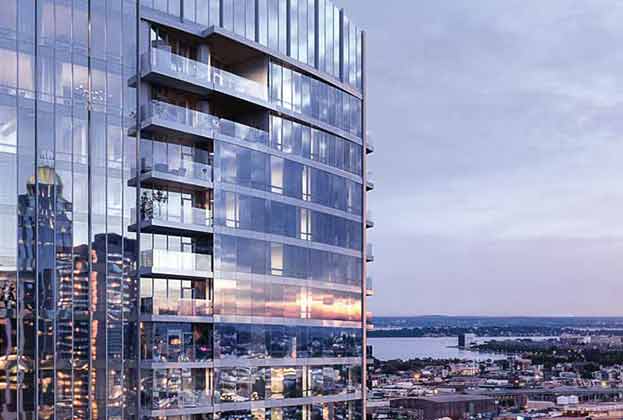
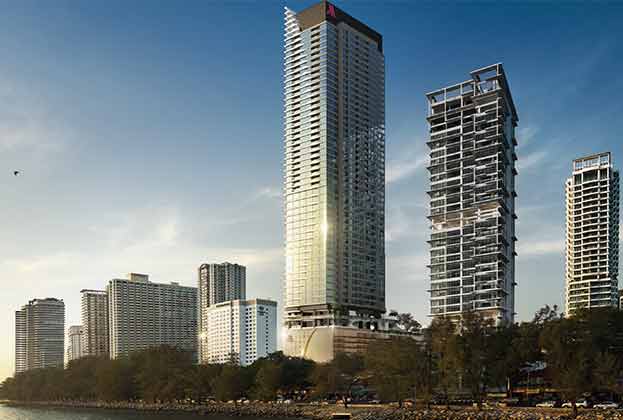
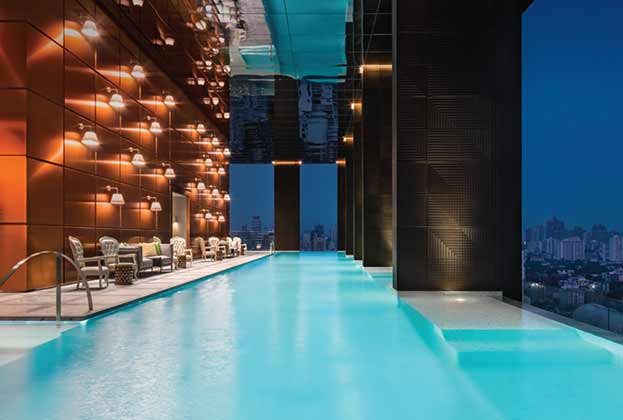
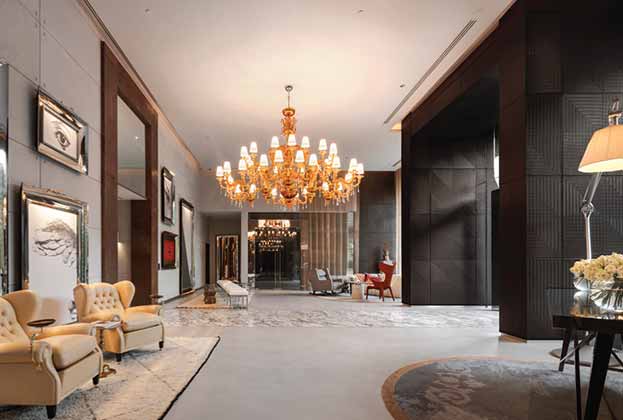
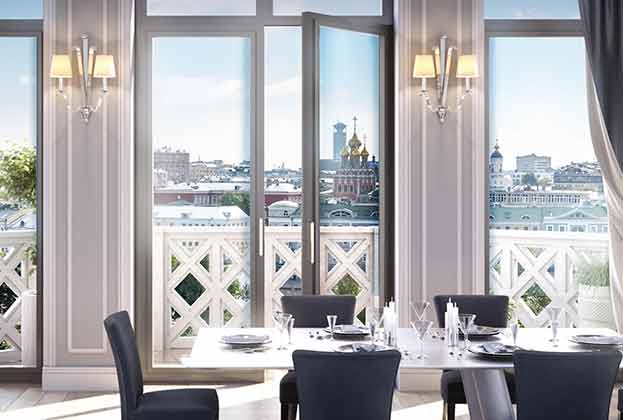
.jpg)
